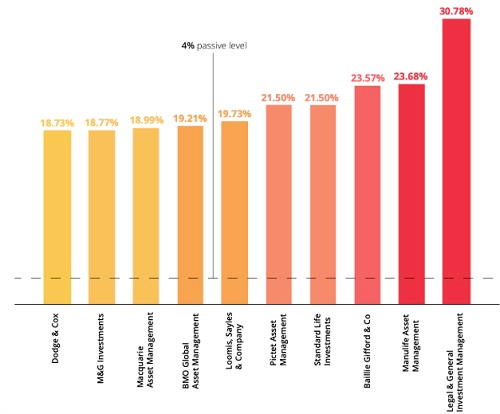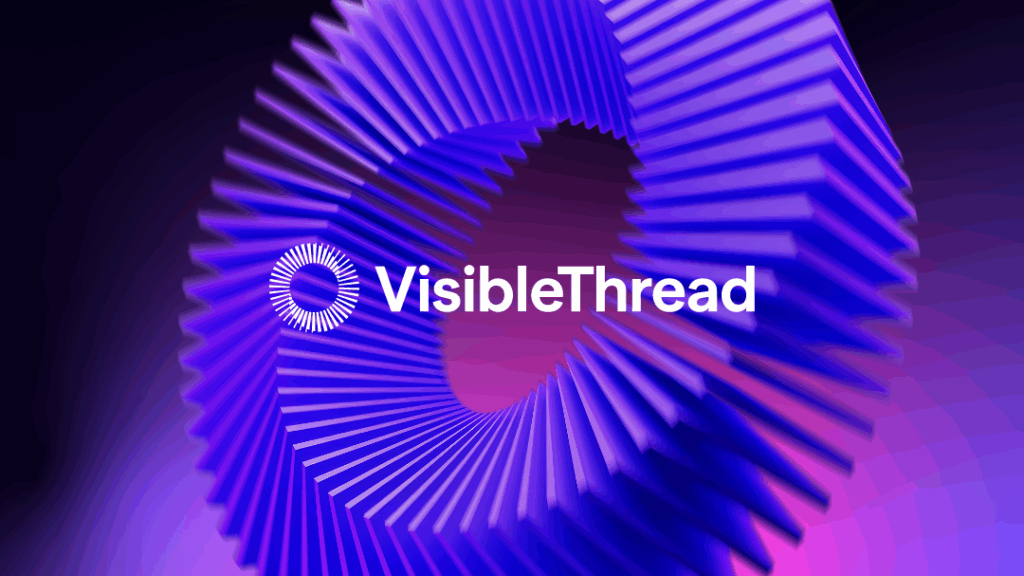Isn’t this “dumbing down”?
In a word, no. Many firms believe that because their customers are well-educated, their brand voice needs to mirror that. The result? Long sentences stuffed with complex words. This is especially common in certain industries. Just think of some of the typical vocabulary and jargon used in banking. Here’s a real-life example. I scanned a well-known U.S. bank’s website and found the following words on their home page:
- Institutional
- Municipals
- Prosperous
- Jurisdictions
Honestly, could you explain what each of these words means? And would you bother to figure out their meaning within long sentences on a bank’s website? I clicked a link on Citi’s page entitled “Institutional Banking”, and found this 47-word sentence:
“Through our unmatched, worldwide proprietary network with a physical presence in 98 markets, Citi is uniquely positioned to take advantage of evolving global trends and provide large, multinational corporations, public sector entities, ultra-high-net-worth households, and investment managers with a full suite of integrated products and services.”
Many of the arguments against plain language in banking center around compliance – something we’ll explore later in this blog. But this sentence is hard to understand for no good reason. It’s much longer than it needs to be, stuffed with long words and adverbs, and with overuse of the passive voice. With the help of VT Writer, I’ve simplified it to:
“We offer our range of products and services to a number of clients. These include:
- Multinational businesses
- Companies within the public sector
- Ultra high-net-worth households
- Investment managers
We’re in a great position to do this. We can jump on global trends as they happen because of our presence in 98 markets.”
It’s a subtle change, but this paragraph is now more readable by 21-grade levels. Remember, most people only give a website 15 seconds before they exit.
Take a (cognitive) load off…
This is because customers may be smart but they lead full lives. They’re consuming your content whilst doing a whole lot of other things. Just think about what else you’re doing while reading this blog. Many of you will have an eye on your inbox. Or you might be in a meeting, checking social media, watching TV. Perhaps a couple of activities at one time. Cognitive load theory says that our brains have limited working memory to process information. Using complex language makes content harder to digest, and adds to customers’ cognitive load. This leads to confusion and poor engagement. In some cases, it could result in your customers missing important messages from you.
Other types of sophisticated customers
This argument doesn’t even touch on customers who are smart, yes, but who are also non-Native English. Or dyslexic. Or just might not be an expert on rules around 401K contributions. In many ways though, this is irrelevant. You should be using accessible language anyway, with difficult topics simplified as much as possible. Good communication is a basic human right. And by the way, it’s also good for business.
But what about compliance?
Check out this recent LinkedIn thread about the importance of readability in the finance industry. Many within the community commented in favor of plain language. But many also mentioned that portfolio managers and lawyers get in the way. One commenter said, “Most websites and social media channels must go through heavy compliance and often come out boring.” It made me think of this joke from the Harvard Business Review:
What do you call a dense, overly lengthy contract that is loaded with legal jargon and virtually impossible for a nonlawyer to understand? The status quo.”
Actually, there’s no shortage of cases in which courts found firms’ actions unlawful due to contracts full of “legalese”. Compliance and legal regulations do not excuse complex content
A clear case for plain language
Let’s take a look at some concrete examples. In our recent asset management report, we found that 58 out of 60 firms analyzed communicate in an academic tone. 59 out of the 60 use overly complex words in their communications. 100% of the companies write sentences that are over the recommended length. One of the companies, Aviva Investors, published a report with a sentence containing 70 words:
“But even here, you can make relative plays on the yield curve that help to offset some of that risk, isolating a particular dimension of risk such as one part of the yield curve (either 5 years versus 10 years, or 10 years versus 30 years for example) and thus dependent on how they perform relative to each other as opposed to directional interest rate risk exposure on either Element.”
It’s far from best practice. Using VT Writer, we re-wrote the sentence as follows:
“But even here, you can make relative plays on the yield curve to offset some of that risk. You can isolate a specific dimension of risk. For example, one part of the yield curve is either 5 years versus 10 years or 10 years versus 30 years. This makes the risk dimension dependent on how they perform relative to each other. Instead of directional interest rate risk exposure on either element.”

But what if we must use certain complex words?
Sometimes, you may have no choice except to use complex words. It’s still possible to write clearly. Use shorter sentences over long, active rather than passive voice. Use pronouns rather than more formal language. And even when writing complex terms, more advanced readability tools allow you to whitelist certain words and phrases. This means the tool will ignore those complex words when calculating readability scores.
Let your message come through with the greatest of ease
Let’s face it, some content within our industries is difficult enough to understand. The example from Aviva is a case in point. But in the second version, at least you’ve got a better shot at working it all out. Robert Eagleson said plain language:
“lets the message come through with the greatest of ease.”
We really don’t need words making our lives harder. Poor readability score in low trust levels and a lack of customer loyalty. When was the last time a customer complained that your content was too easy to understand? Plain language is just smart. Even when you have smart customers.




